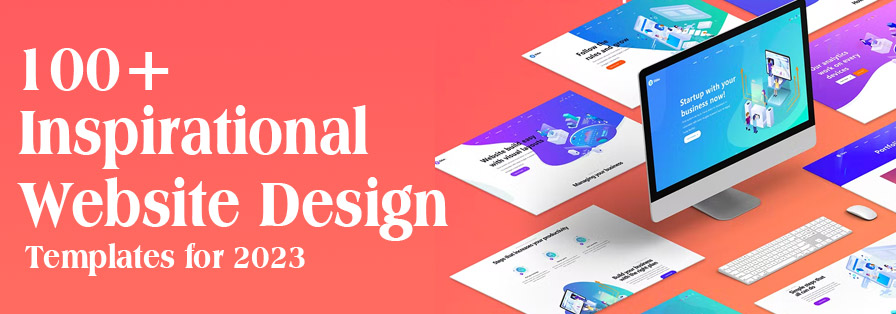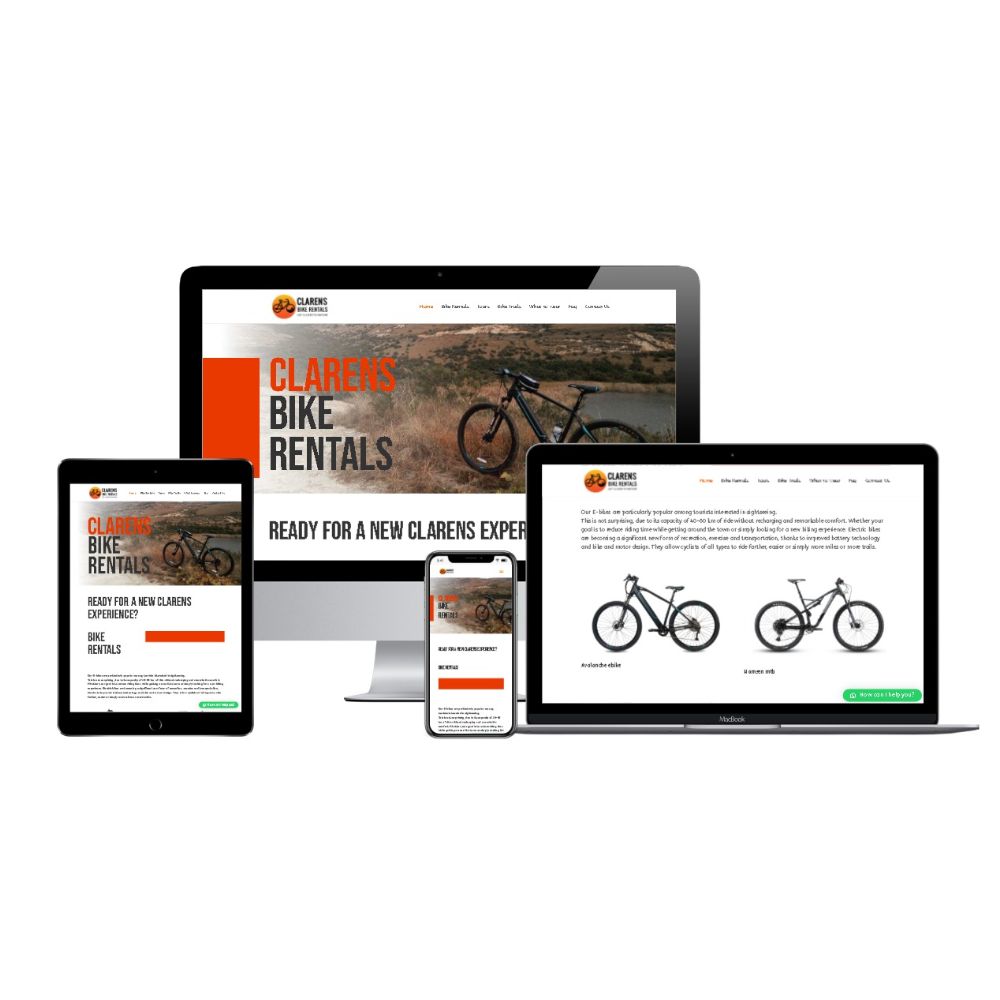The Impact of Individual Experience on Your Website Design Method
Wiki Article

Crafting a User-Friendly Experience: Crucial Components of Efficient Web Site Style
Vital aspects such as a clear navigating framework, responsive layout principles, and quick loading times offer as the foundation for engaging customers effectively. Recognizing the hidden variables that contribute to effective layout can lose light on exactly how to boost user fulfillment and engagement.Clear Navigation Framework
A clear navigation framework is basic to efficient website layout, as it directly affects individual experience and engagement. Customers ought to be able to situate details effortlessly, as instinctive navigation decreases aggravation and urges expedition. An efficient layout enables site visitors to recognize the partnership between various pages and content, bring about longer site visits and increased communication.To attain clarity, designers need to utilize acquainted patterns, such as side or top navigation bars, dropdown food selections, and breadcrumb trails. These elements not just boost functionality however additionally supply a sense of alignment within the site. Furthermore, preserving a constant navigating structure across all web pages is crucial; this experience assists users prepare for where to locate desired info.
In addition, including search performance can further aid individuals in finding specific content swiftly. In recap, a clear navigation framework is not simply a design selection; it is a calculated aspect that considerably impacts the total success of a site by fostering a pleasurable and efficient individual experience.
Responsive Design Principles
Effective web site navigating sets the stage for a smooth customer experience, which comes to be even extra vital in the context of responsive layout concepts. Receptive layout makes certain that internet sites adjust fluidly to various screen dimensions and alignments, improving accessibility throughout devices. This flexibility is attained with flexible grid designs, scalable photos, and media queries that permit CSS to adjust designs based upon the gadget's characteristics.Key principles of receptive layout consist of liquid layouts that make use of percentages rather than dealt with systems, ensuring that aspects resize proportionately. Furthermore, employing breakpoints in CSS enables the design to shift smoothly in between different gadget sizes, optimizing the design for each and every display kind. Making use of receptive pictures is likewise vital; photos need to instantly adapt to fit the display without losing high quality or triggering layout shifts.
In addition, touch-friendly interfaces are vital for mobile customers, with adequately sized buttons and user-friendly gestures improving individual interaction. By integrating these concepts, developers can develop websites that not just look visually pleasing but also provide useful and appealing experiences across all gadgets. Ultimately, reliable responsive design cultivates individual fulfillment, lowers bounce prices, and motivates much longer engagement with the web content.
Fast Loading Times
While customers significantly anticipate sites to fill quickly, fast loading times are not simply a matter of benefit; they are crucial for maintaining visitors and boosting overall user experience. Research study suggests that individuals generally desert web sites that take longer than three secs to load. This abandonment can lead to increased bounce rates and reduced conversions, ultimately hurting a brand name's track record and income.Fast packing times improve user interaction and fulfillment, as site visitors are most likely to discover a website that responds swiftly to their communications. In addition, online search engine like Google prioritize rate in their ranking formulas, suggesting that a slow internet site may have a hard time to accomplish visibility in search engine result.

Instinctive Individual User Interface
Quick packing times lay the foundation for an engaging online experience, but they are only component of the equation. An user-friendly interface (UI) is necessary to make sure site visitors can navigate a website effortlessly. A properly designed UI allows customers to attain their objectives with very little cognitive tons, fostering a smooth interaction with the site.
Crucial element of an intuitive UI consist of regular layout, clear navigation, and recognizable icons. Consistency in style elements-- such as color design, typography, and switch designs-- assists customers recognize how to connect with the site. Clear navigation structures, consisting of logical menus and breadcrumb tracks, enable individuals to locate information quickly, lowering next page aggravation and enhancing retention.
Additionally, feedback mechanisms, such as hover effects and packing indications, inform users about their actions and the website's feedback. This transparency grows trust fund and motivates ongoing engagement. Prioritizing mobile responsiveness guarantees that individuals delight in a cohesive experience throughout tools, catering to the varied means audiences access content.
Easily Accessible Web Content Guidelines

First, use straightforward and clear language, avoiding lingo that might perplex viewers. Stress appropriate heading frameworks, which not just help in navigating but also aid screen visitors in interpreting content power structures effectively. In addition, give alternative message for images to share their significance to customers who rely upon assistive modern technologies.
Contrast is an additional crucial aspect; make certain that message stands apart versus the background to enhance readability. Furthermore, make sure that video and audio material includes records and subtitles, making multimedia accessible to those with hearing problems.
Last but not least, integrate key-board navigability right into your design, permitting customers who can not make use of a computer mouse This Site to gain access to all website functions (website design). By adhering to these easily accessible content standards, internet developers can develop inclusive experiences that cater to the demands of all users, ultimately enhancing individual involvement and contentment
Verdict
In final thought, the assimilation of important elements such as a clear navigation framework, receptive design concepts, fast loading times, an user-friendly individual interface, and obtainable content standards is crucial for developing an user-friendly site experience. These elements collectively boost use and involvement, making certain that individuals can easily interact and browse with the website. Prioritizing these layout components not just enhances total fulfillment but additionally cultivates inclusivity, suiting varied customer demands and preferences in the electronic landscape.A clear navigating framework is basic to effective site style, as it straight influences customer experience and involvement. In summary, a clear navigating framework is not merely a design choice; it is a critical aspect that considerably impacts the general success of a site by promoting a satisfying and effective user experience.
Furthermore, touch-friendly interfaces Check This Out are important for mobile customers, with adequately sized buttons and instinctive gestures boosting customer communication.While individuals significantly anticipate websites to load promptly, fast loading times are not just an issue of benefit; they are essential for keeping visitors and improving total user experience. website design.In conclusion, the integration of vital aspects such as a clear navigating framework, receptive layout concepts, fast packing times, an instinctive customer interface, and easily accessible web content standards is essential for producing a straightforward internet site experience
Report this wiki page